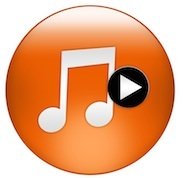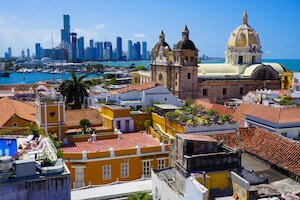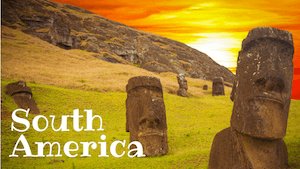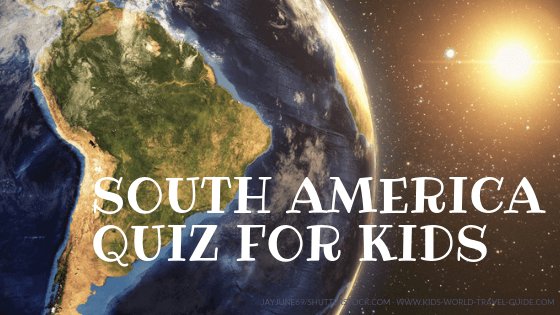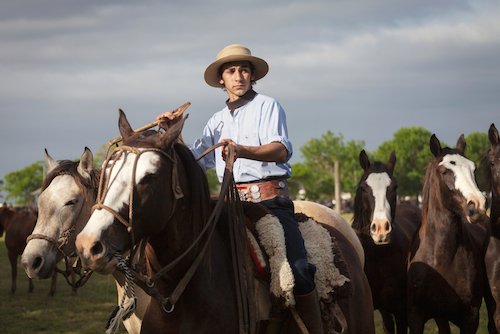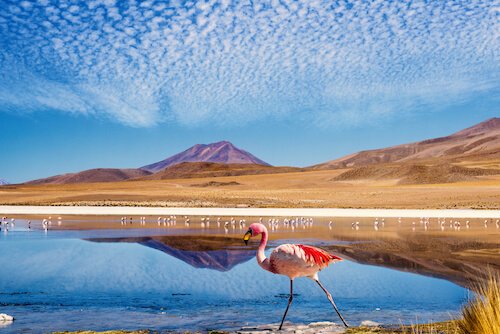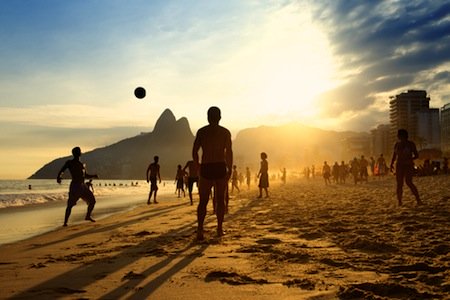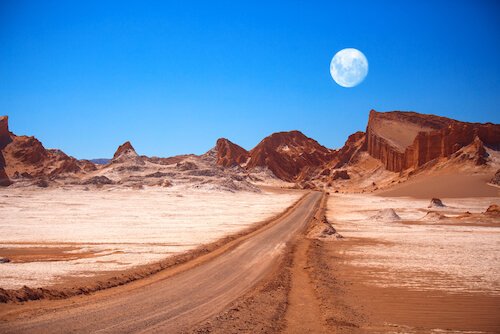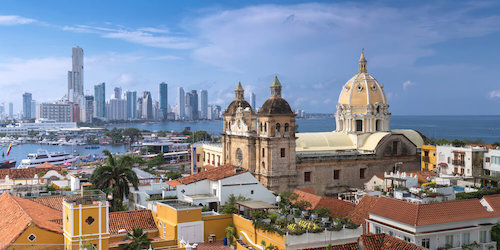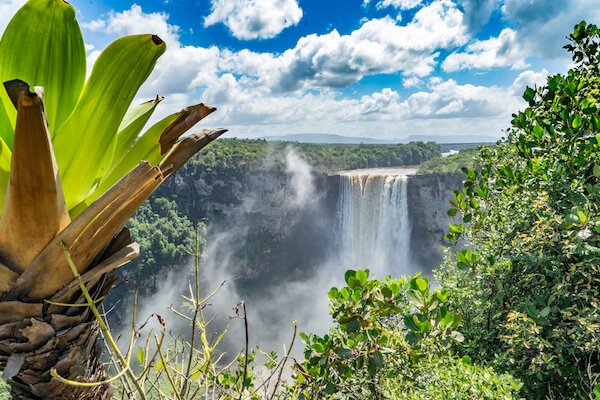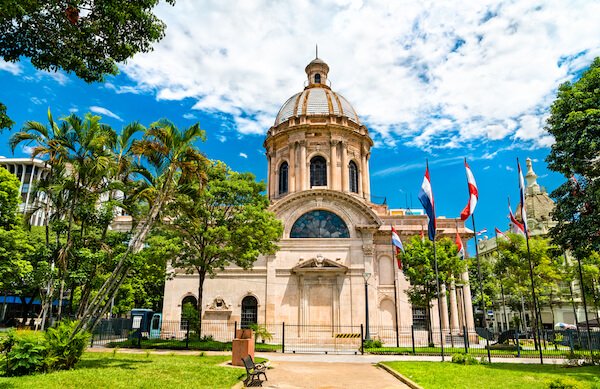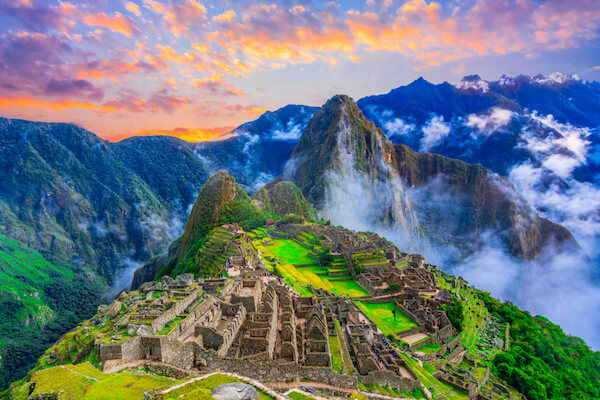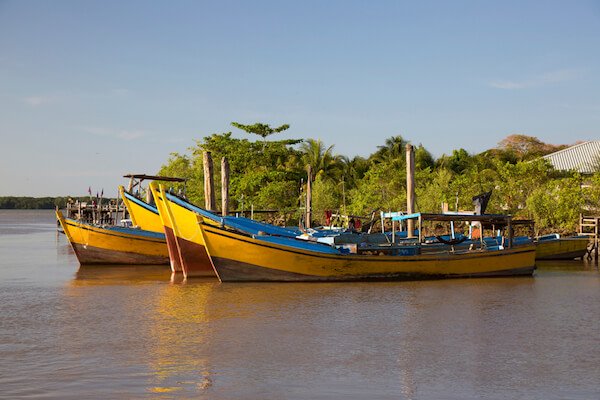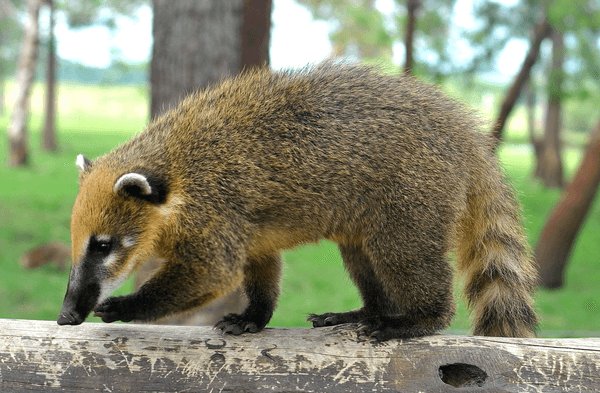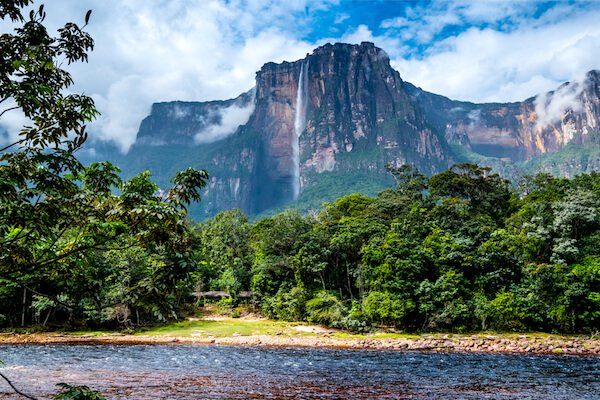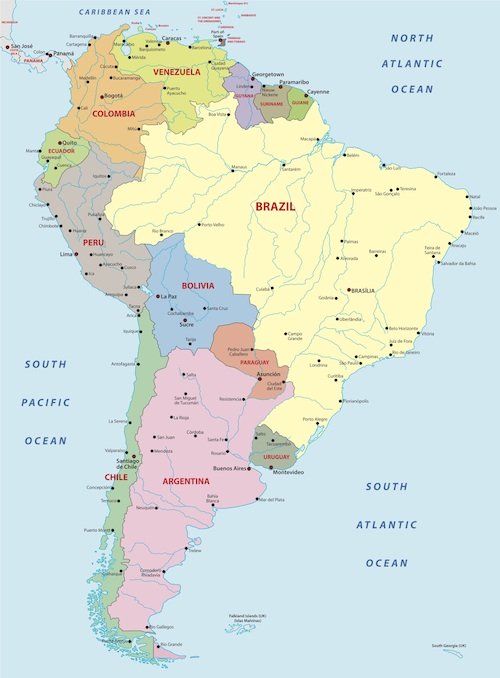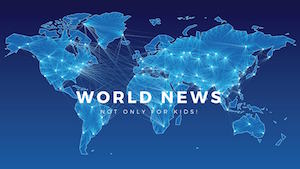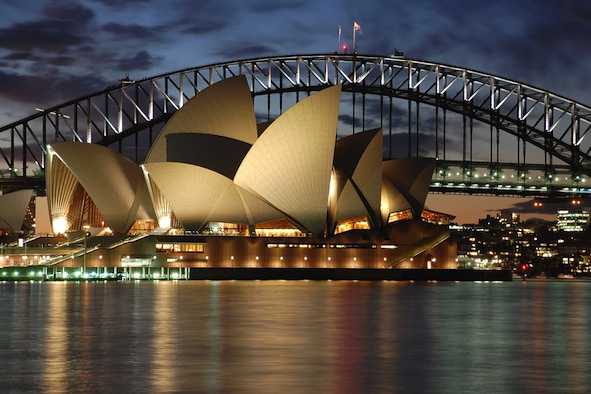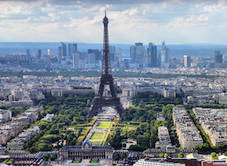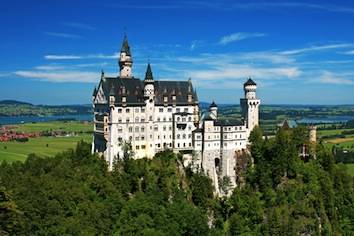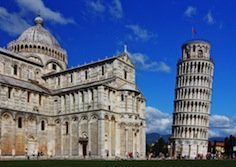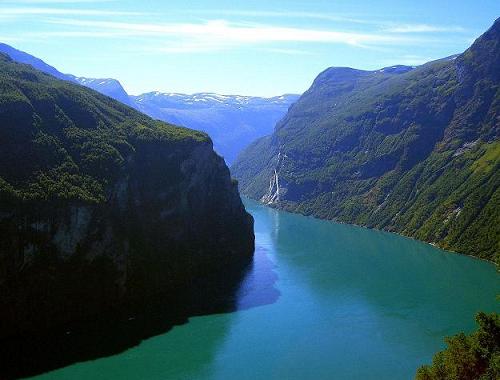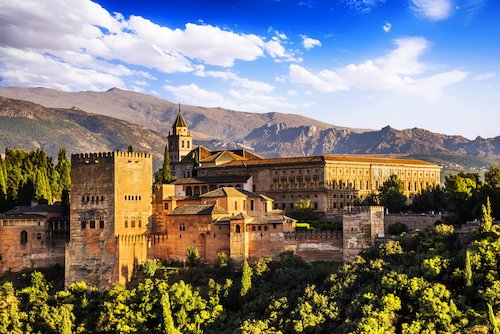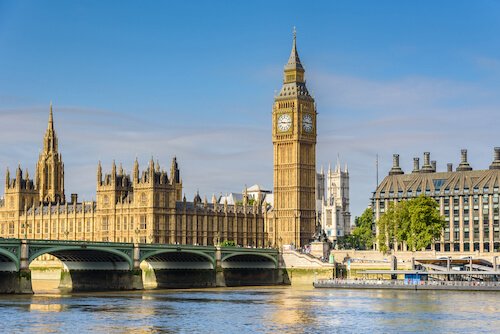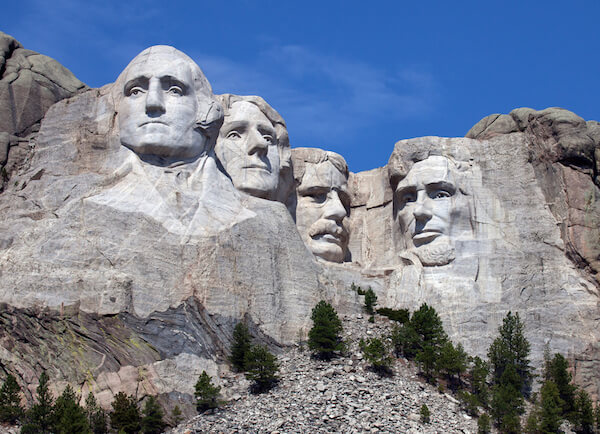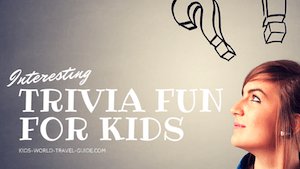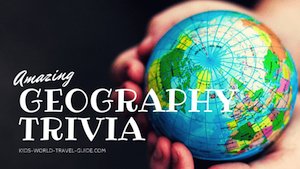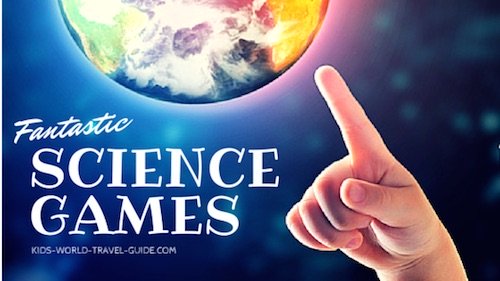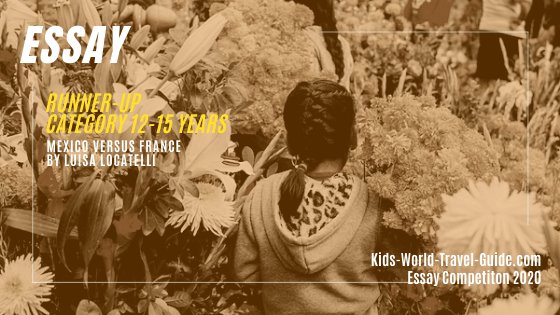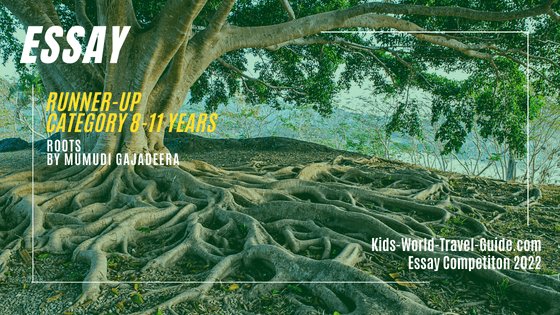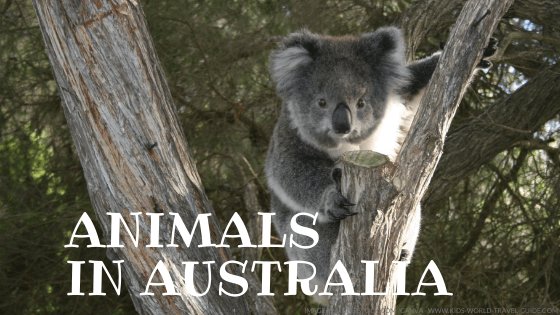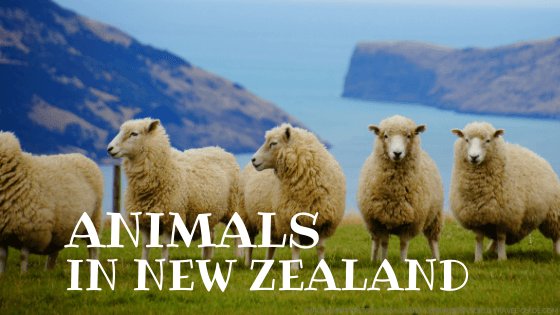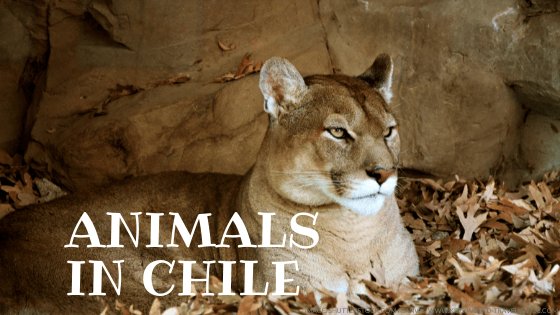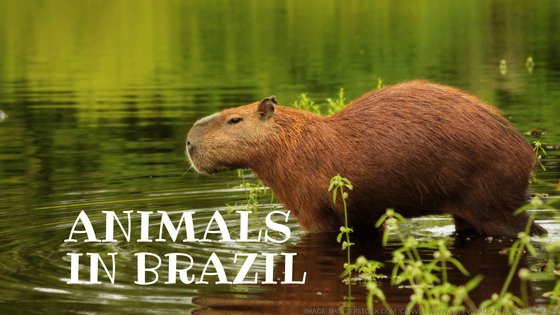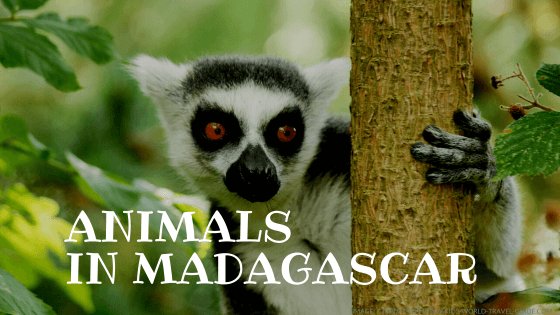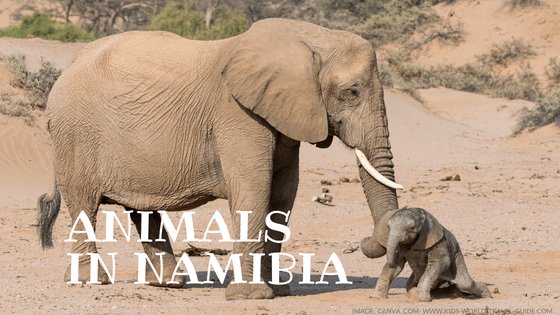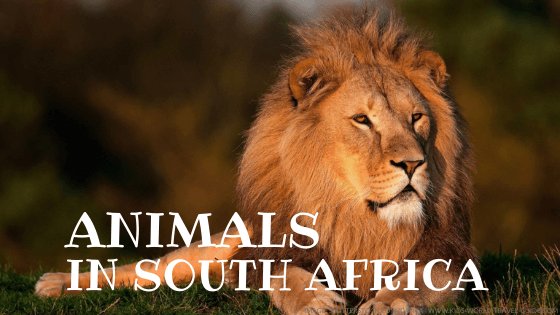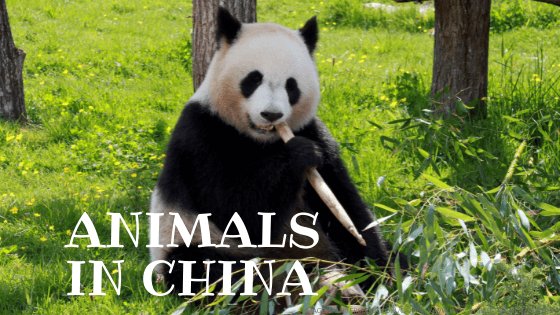- Homepage
- Ecuador
Ecuador Facts
Interesting Facts for Kids
Here are some interesting Ecuador Facts which were chosen and researched by kids especially for kids.
Ecuador Facts for Kids | Kids World Travel Guide | Updated 24 September 2021
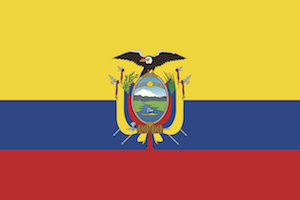 Flag of Ecuador
Flag of Ecuador- Population: 17.5 million people live in Ecuador (2023)
- Capital: Quito with almost 2 million inhabitants
- Name: República del Ecuador (Republic of Ecuador)
- Government: Democracy, Republic
- Language: Spanish
- Literacy: More than 92% of the people can read and write.
- Religion: mainly Christians (Roman Catholics 69%)
- Currency: 1 US Dollar = 100 cents
- National Symbols: yellow, blue and red (national colours), Andean condor (national bird)
- National Anthem: "Salve, Oh Patria!" (We Salute You, Our Homeland)
- National Day: 10 August (Independence Day)
- History: Amerindians were the earliest settlers in the region which later became part of the Inca empire. The region was colonised by the Spanish in 16th century. Ecuador proclaimed independence in 1809 and from 1820 - 1830 was part of Gran Colombia. Only in 1840 the independence of Ecuador was recognised by Spain. Since 15 October 2023, Daniel Noboa is the President of Ecuador. He is 35 years old and the youngest president in Ecuador's history and one of the youngest presidents in the world.
Ecuador Facts | Ecuador Geography
Where is Ecuador? Ecuador is located on the South American continent.
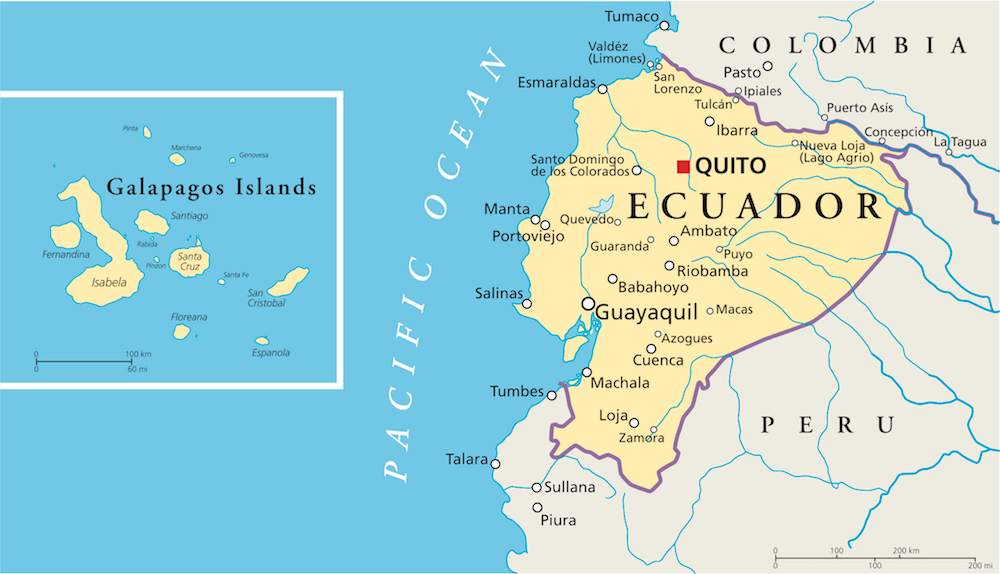 Ecuador Map
Ecuador MapEcuador borders the Pacific Ocean to the west and two South American countries to the north, east and south.
These two bordering countries are Colombia and Peru. Colombia is located to the north and Peru to the east and south of Ecuador. The longer borders is shared with Peru and this border is 1,529 km/ 950 miles long.
Ecuador is located on the Equator, more exactly between 2°N and 5°S latitudes.
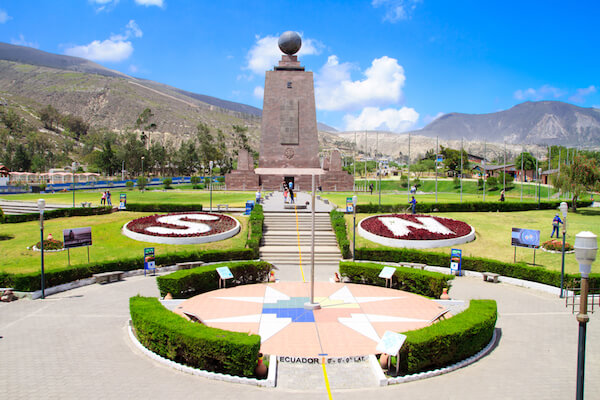 Equator Monument
Equator MonumentThe capital city Quito is located on the mountain plateau in between the coastal mountains and the Andes mountains.
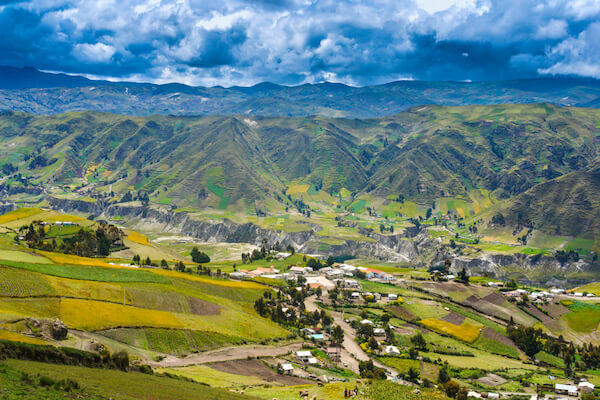 Andes mountain villages
Andes mountain villagesThe climate in Ecuador is mostly tropical but has a temperate highland climate in the country's centre.
Ecuador has coastal plains, a central highland called sierra and rolling hills and flats in the Amazon region. The country has four main regions: The coast, the highlands, Amazonía (in the east) and the Galápagos islands.
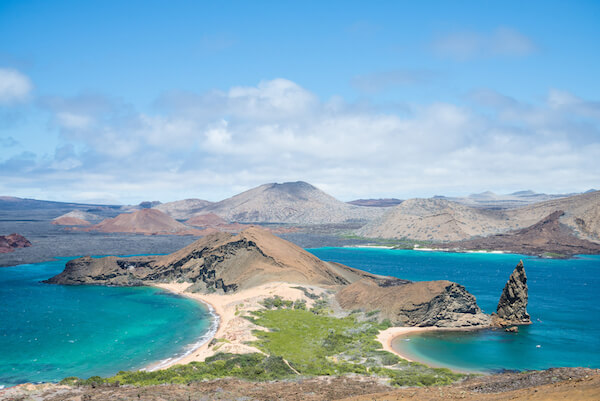 Galápagos Islands
Galápagos IslandsEcuador is slightly smaller than the state of Nevada in the USA. Ecuador is a bit smaller than Italy, but bigger in land area than New Zealand.
A flight from Barcelona/Spain to Quito/Ecuador takes roughly 8 hours and from New York/USA a flight takes 9 hours.
Ecuador Facts | Geo Superlatives
- The capital city of Ecuador, Quito, is the second highest capital in the world (after La Paz in Bolivia) and the closest capital to the equator. Quito's elevation is 2,850 m/ 9,350 ft above sea level.
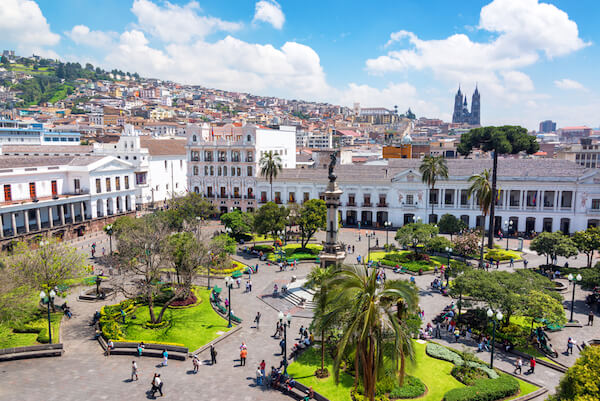 Plaza Grande in Quito, the capital city of Ecuador
Plaza Grande in Quito, the capital city of Ecuador- The highest mountain of Ecuador is the Volcano Chimborazo with 6,268 m/ 20,564 ft. The top is the earth closest point to the sun and the farthest point from the center of our Earth.
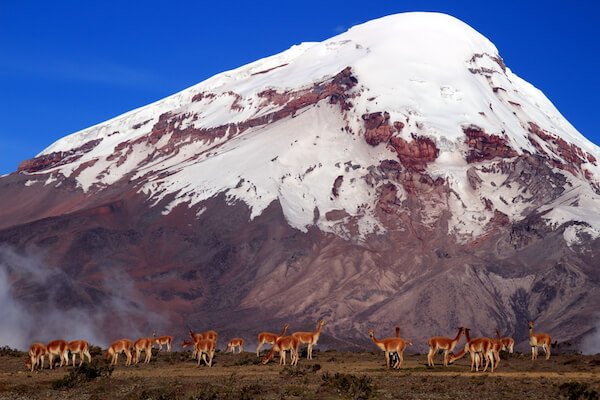 Chimborazo - Ecuador's highest mountain
Chimborazo - Ecuador's highest mountain- Agoyan waterfall, which is 61 m/ 200 ft high, is today the highest waterfall in Ecuador. Before February 2020, the San Rafael waterfalls with 150 m/490 ft were the tallest waterfall in Ecuador, but it disappeared after a sinkhole diverted the waters and created three smaller waterfalls instead.
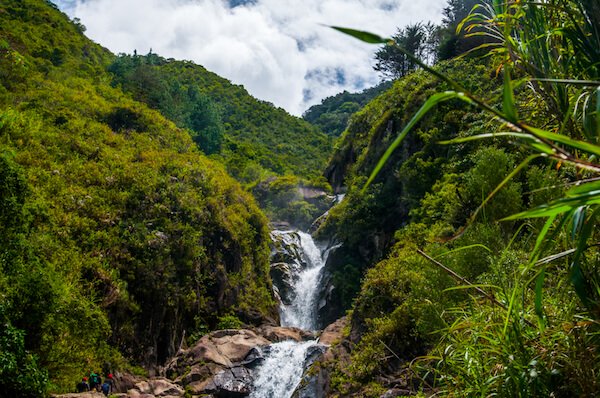 Agoyan waterfalls
Agoyan waterfalls- Ecuador has a coastline which is 2,337 km/ 1,452 miles long.
- The longest river in Ecuador is the Rio Napo which flows through the northeastern parts of the country.
- Ecuador has two time zones which includes the Galápagos Islands (UTC-6).
Ecuador Facts | Landmarks and Attractions
- Quito: Ecuador's capital city is close to the volcano Cotopaxi which is located about 50 km/ 31 miles to the south of Quito. Cotopaxi is one of the highest active volcanos in the world.
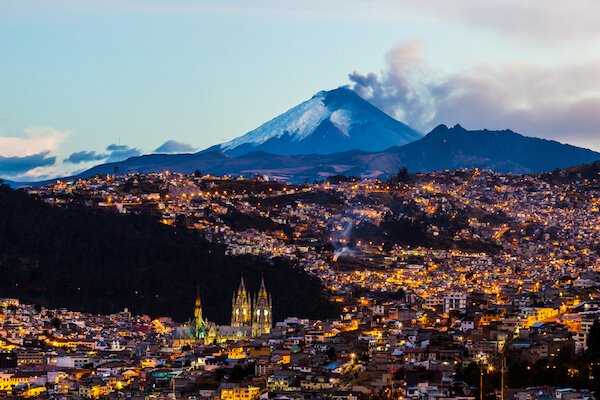 Quito, capital city of Ecuador, with fuming Cotopaxi
Quito, capital city of Ecuador, with fuming Cotopaxi- Quilotoa Crater Lake: The crater lake is 250 m/ 820 ft deep. This crater lake formed about 800 years ago after a massive eruption of the volcano. You can walk down the crater of this dormant volcano and take a swim in the clear waters of this lake.
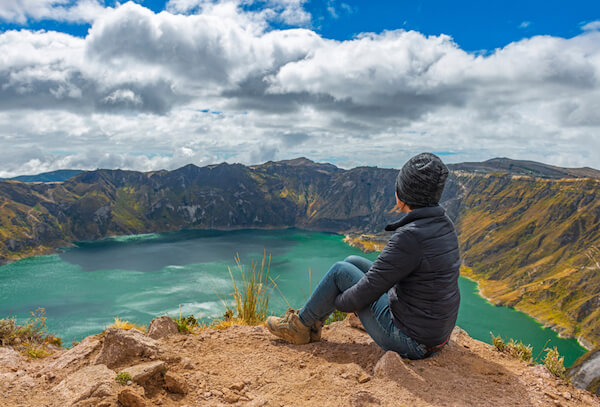 Quilotoa Crater Lake
Quilotoa Crater Lake- Cuenca: This city in the Southern Andes region is known for its Cathedral Nueva with the blue domes and historic colonial centre. The full name of the city is Santa Ana de los Cuatros Ríos de Cuenca. There are four rivers that flow through this city. This is actually the place where the typical 'Panama hats' originate from!
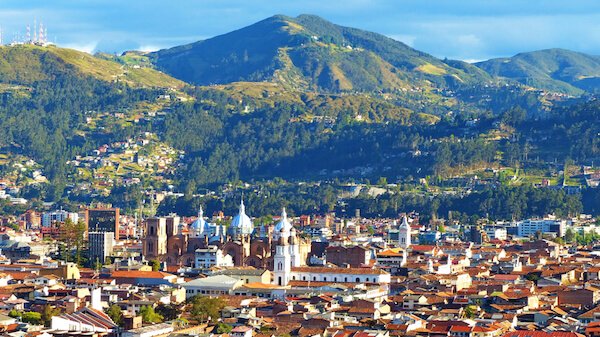 Cuenca
Cuenca- Yasuní National Park in eastern Ecuador is one of the places with the most biological diversity in the world. There are millions of plant, birds, insects and mammal species. There are over 120 reptile species in the park.
 Yasuni National Park
Yasuni National Park- Salinas is one of the most important spa towns in Ecuador. The city is also known for its beautiful beaches
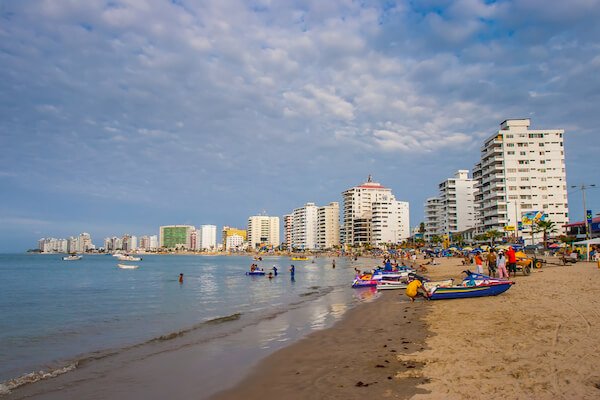 Salinas Beach
Salinas Beach- The Galápagos Islands are an archipelago in the Pacific Ocean and are located about 900 km/ 555 miles off the Ecuadorian coastline. These islands are known for their rich biodiversity.
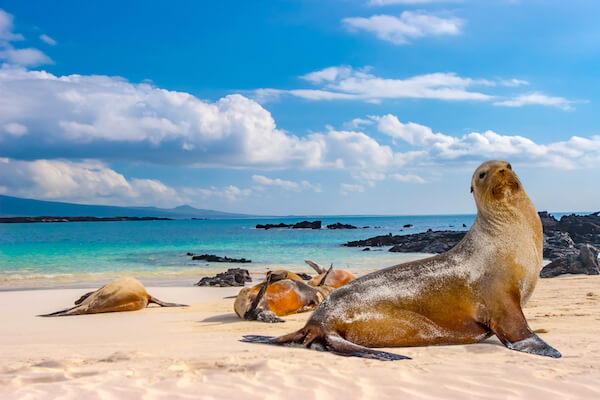 Seals on a beach in the Galapagos islands
Seals on a beach in the Galapagos islandsEcuador Facts | Ecuador People
The majority of Ecuadorians live in the central provinces of the country, the Andes mountains or along the Pacific coast. Most of the population (64%) live in urban centres.
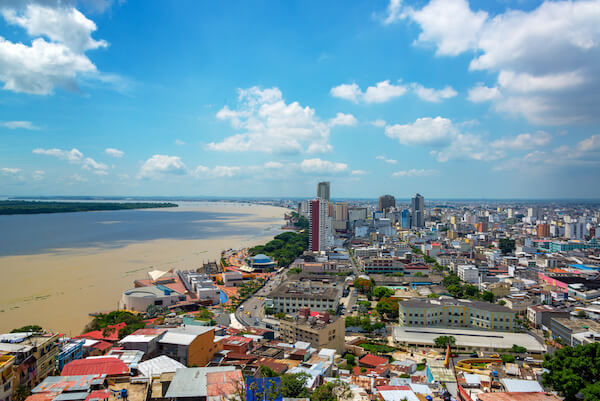 Guayaquil
GuayaquilThe five largest cities in Ecuador are:
- Guayaquil (3 million inhabitants)
- Quito (1.9 million inhabitants)
- Cuenca (630,000 inhabitants)
- Santo Domingo (460,000 inhabitants) and
- Ambit (400,000 inhabitants).
Almost a quarter of the population (22%) lives below the poverty line. Poverty and income inequality affect mainly the rural population or the indigenous people.
In rural areas, only 10% of the children go on to high school.
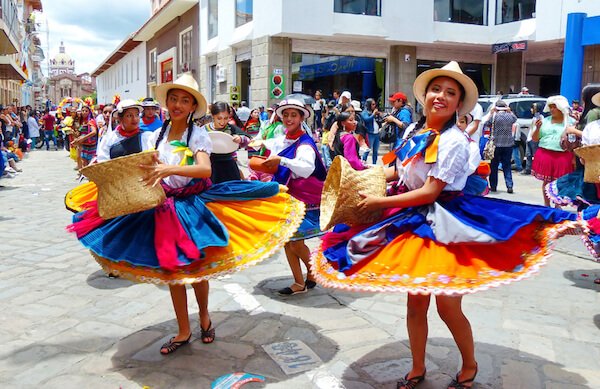 Folk dancers in Ecuador
Folk dancers in EcuadorMost Chileans are of mixed white and native American ancestry, about 71% are referred to as mestizo (of mixed ancestry).
The indigenous population in Ecuador counts about 1.1 million people with 14 indigenous nationalities. 24% of the indigenous people live in the Amazon region.
The biggest indigenous group are the Quechua (Kichwa). Most of them live in the southern highlands and on the Galápagos islands.
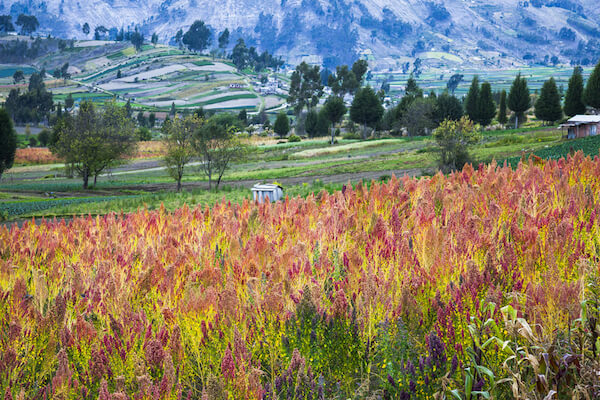 Quinoa is grown in Ecuador
Quinoa is grown in EcuadorMost people work in the services sector in Ecuador and one quarter of the population is working in the agricultural sector.
Ecuador Facts
Languages in Ecuador
The official languages of Ecuador is Spanish. Spanish is widely used in education.
Quechua is the most spoken native language. There are also several other Amerindian languages spoken in Ecuador. Among them are Awá which is spoken by the Awá people, A'lingae, spoken by the Cofan people and Shuar Chicham, which is spoken by the Shuar people.
Ecuador Facts | Ecuador Economy
- The main natural resources of Ecuador are petroleum, fish, timber and hydropower.
- Ecuador is the largest producer and exporter of bananas in the world.
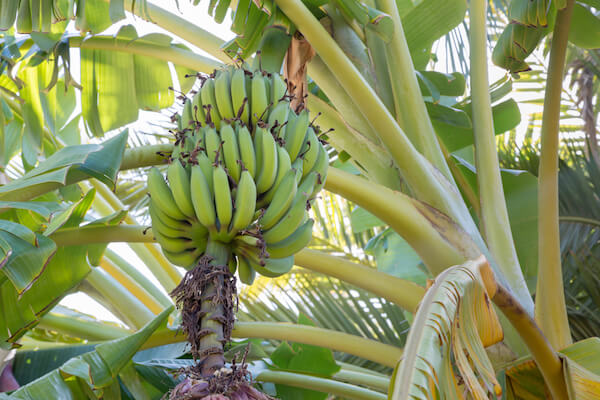 Banana plant
Banana plant- Among Ecuador's main exports are: petroleum, bananas, cut flowers, shrimp, cacao, coffee, wood, fish
- Ecuador's main trading partners are the USA, China, Vietnam and the South American countries Colombia, Peru and Chile.
- The US dollar became Ecuador's currency in 2001 after the a banking crisis in the country hit the economy hard.
Ecuador Facts | Food in Ecuador
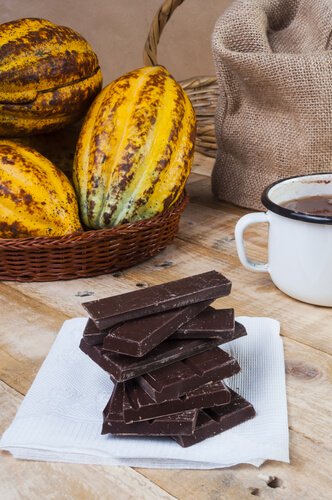
Plantains, potatoes, quinoa and cassava, also called yuca, as well as corn are staple foods in Ecuador. Along the coast many dishes also include fresh fish or seafood while chicken, pork and beef are popular in the highlands.
Fruits such as bananas, mangos and passion fruits as well as cocoa beans are also commonly used in many dishes. Ecuadorian arriba cocoa is often said to make the best chocolate with the finest aroma.
Encebollado: this soup is often considered the national dish of Ecuador. The spicy soup is made with with albacore (long fin tuna), cassava, onion, and cilantro. The soup is usually served with fried plantains (patacones) or white rice and bread.
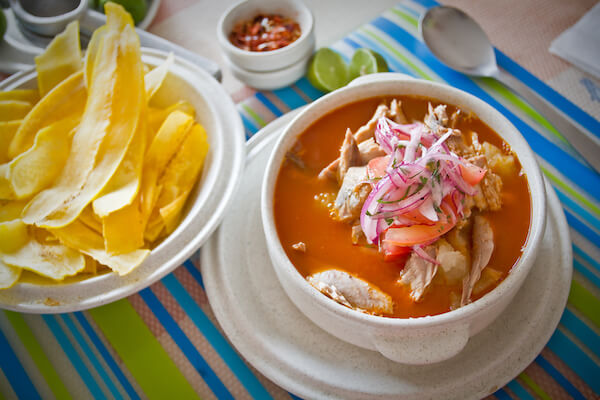 Encebollado is a fish soup
Encebollado is a fish soupTypical Ecuadorian food and drinks include:
- Encocado: this fish or seafood dish is made with spicy coconut sauce and usually accompanied by rice
- Mote pillo: a traditional dish consisting of a variety of corn cooked and seasoned with egg, onions, salt and parsley
 Mote Pillo
Mote Pillo- Tortilla de yuca: a typical flat pancake made with cassava is especially popular in the Amazons villages
- Patacones: green fried plantains, similar to thick potato chips or thick French fries
- Colada Morado: drink made with black corn flour is served with typical bread dolls on the Day of the Dead on 2 November
- Pastel de Tres Leches: this cake is made with three kinds of milk (condensed milk, evaporated milk and cream) and is very delicious.
- and yes, guinea pig or cuy is deemed a delicacy in Ecuador.
Ecuador Facts | Animals in Ecuador
Ecuador is one of the 17 megadiverse countries for its unique biodiversity. The country has the most biodiversity per square kilometer of any nation.
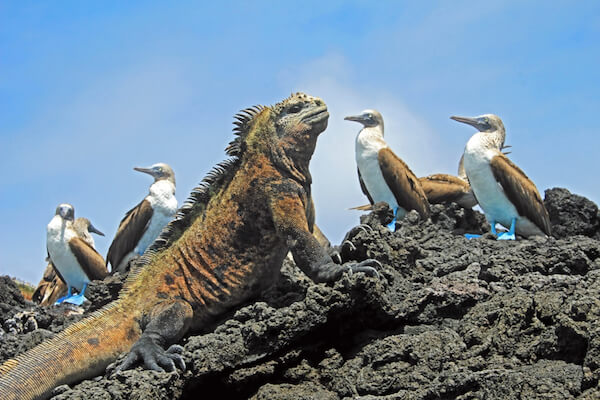 Marine iguana and blue-footed boobies
Marine iguana and blue-footed boobiesBlue footed boobies can be encountered in many tropical places of the Pacific Ocean. About half of these marine birds nest in the Galápagos Islands.
Marine iguanas are endemic to the Galapagos Islands as well. Endemic means, the marine iguanas only live there.
There are five other species of iguanas encountered in Ecuador and in the city of Guayaquil, you might even see these huge reptiles roaming the parks of the city.
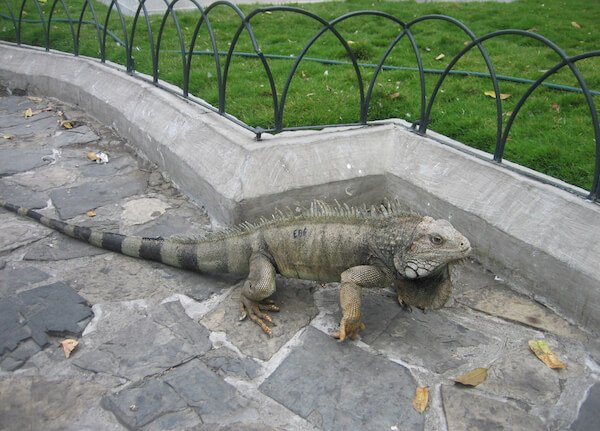 Iguana in Guayaquil
Iguana in GuayaquilDid you know...?
There are over 350 varieties of corn grown in Ecuador. Corn is eaten boiled and steamed or as popcorn and used in many dishes such as the popular mote pillo.
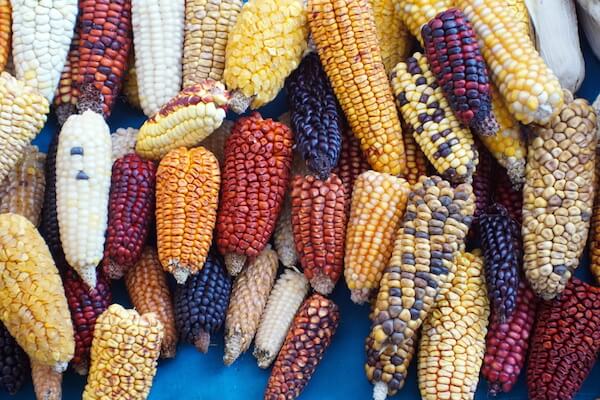 Multicolour corn
Multicolour cornWe hope you enjoyed our Ecuador Facts for Kids. Keep us bookmarked and contact us to join our school project to share your insights and country facts about Ecuador.
Ecuador Facts | Resources
Resources and further reading for Ecuador Facts:
- Ecuador Travel. "Ecuador - Home of Cocoa." EcuadorTravel. Last accessed 24 September 2021
- Central Intelligence Agency. "Ecuador." World Fact Book. 15 August 2023. Last accessed 23 August 2023
- International Workgroup for Indigenous Affaires. "Indigenous Peoples in Ecuador." IWGIA. Last accessed 23 August 2023
- Tropical Herping. "Iguanas - Reptiles of Ecuador." Tropicalherping. Last accessed 23 August 2023
- Matt Blitz. "This Park in Ecuador is One of the Most Biodiverse Places on Earth." Smithsonian Magazine. 22 May 2015. Last accessed 23 August 2023
- Robert Levy/NASA. "The Disappearance of Ecuador's Tallest Waterfalls." The Earth Observatory. Last accessed 23 August 2023
Popular Pages
Images on Ecuador facts page: shutterstock.com and own images
Return from Ecuador Facts to Kids World Travel Guide Homepage

Ecuador Coat of Arms
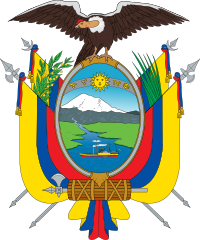
More about Countries in
South America
More about
South America
***
***
Spread the Word

